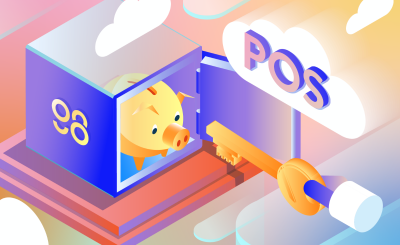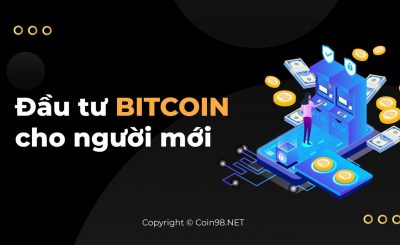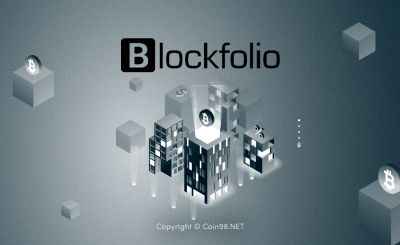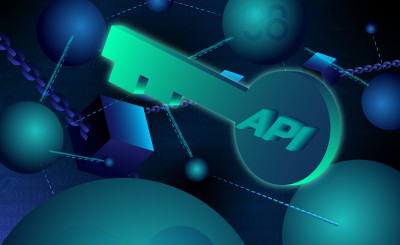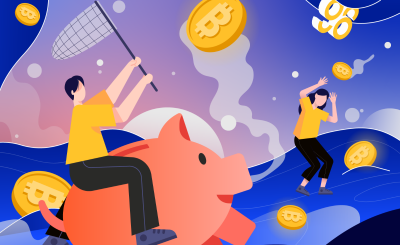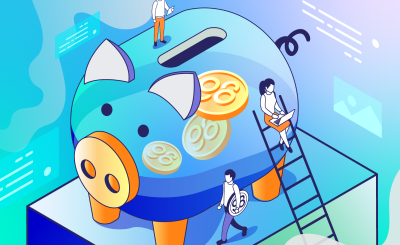What is coin burning?
Coin Burning (Coin Burning, Token Burning, also known as token burning) is an act of permanently burning a coin/token out of the number of tokens in circulation. Usually project owners or brothers holding these coins/tokens will participate in the coin burning process if they wish to burn coins. Simply put, burning coins will cause the amount of coin/token in circulation to decrease, thereby increasing the price of that coin/token.
In traditional finance, burning coins is like share buyback of previously issued companies. The repurchase of shares from the company will reduce the total number of outstanding shares, thereby increasing the value of investors’ shares.
The purpose of coin burning is promote the sustainable development of the entire project and balance the interests of the parties involved.
How does the coin burn process take place?
To put it simply, to “burn” the coin on blockchain network then they will be sent to a wallet address called Dead Address. At this wallet address, this amount of tokens will be kept in it and cannot be withdrawn.


For example, on the BNB Chain network, Dead Addresses will often end with “dEaD” as shown in the picture, or 0x000…000 like on the Ethereum network. In particular, these wallets will be Blockchain Explorer classified into the hashtag “Burn”.
So, if you send tokens to Dead Addresses, it is considered that your tokens will be kept in the wallet and not circulated outside.
Buyback and Burn mechanism – Buyback and burn coin/token
In the crypto world, Buyback and Burn can simply be understood as buying back tokens and burning that amount of tokens. The most prominent advantage of this mechanism is to help the token price grow sustainably in the long term and help investors have more confidence to hold.
Buyback and Burn increase trading volume and increase liquidity, helping the token price avoid strong fluctuations. This also reinforces the stability of the token price.
But the question now would be: Which party and source of money will buy back the coin/token to burn?
Usually, blockchains or protocols will deduct part of the fees and profits to buy back tokens and then burn them. Burning can be programmed from scratch or through recommendations voted on by the community.
Buyback and Burn Standout Example: BNB Chain deduct 20% of quarterly profits to burn BNB until the total supply in the market is 100 million BNB. Furthermore, BNB Chain has a proposal named BEP-95this proposal will deduct some amount of BNB from gas fees to burn out of supply.
When to burn coins?
Because coin burning is spontaneous and optional, each crypto project will have its own development strategy.
For projects with poorly designed tokenomics If the token is under pressure from high inflation, it can be used to burn coins to deflate. One of the main purposes of coin burning is balance the interests between the parties when they hold the coin/token.
On the contrary, there are new projects that launch tokens and there are only very few holders which has its own coin burning mechanism for the purpose of promotion. It is very likely that the project will be difficult to achieve, because simply at the beginning, burning tokens is almost meaningless. The most logical way would be to lock the token with a payback period for the market to adapt as well as more incentive to grow.
Explore more: The secret to successful tokenomics design according to Binance Labs standards
The challenge of burning coins
From the beginning of the article, we have learned about coin burning and the benefits and purposes from this mechanism. But what are the challenges when burning coins is so commonly used?
Tokenomics balance
The price of crypto according to the theory of supply and demand: when supply decreases and demand stays the same, the price will only increase.
- Investors who see the price increase continuously will gradually limit their buying, causing the trading volume to decrease.
- Conversely, if tokens are created for a long time, investors will also limit their purchases to avoid their investment continuing to lose.
Therefore, finding the balance between inflation and deflation of tokens in tokenomics design will be a big challenge for dedicated builders.
Coin burning can create big challenge for blockchain platform
Blockchains like Bitcoin, Cardano, Polygon, … have a fixed supply of tokens, so if the coin burning mechanism is applied, that coin/token will be burned forever and cannot expand the supply or mint more tokens.
In the long term, the price of the token increases with the development of the system. Users will then have to pay more transaction fees because fees will be paid in the form of certain tokens. High transaction fees will discourage users from making many transactions and will not be good for the development of the entire ecosystem.
Cardano is a good example of not building a coin burning mechanism, but indicating that investors who want to burn ADA can send themselves to Dead Andresses on the Cardano network.

Some crypto projects use the coin burning mechanism
Ethereum
Above Ethereum There is also a coin burning mechanism EIP-1559 to be commenced in August 2021. The EIP-1559 solution enhances confirmation and reduces transaction delays on the Ethereum network. In particular, this solution helps gas fee on Ethereum avoids manipulation and is more stable.
At the moment, there are more than 2 million ETH (about 6 billion dollars) burned through this solution. The amount of ETH burned will increase over time and will be one of the causes of the ETH price increase. In the long term, this can increase the value of ETH and cause transaction fees to increase as well.

The Ethereum community may have given careful consideration to the balance of burning ETH and ETH generated. So Ethereum is an example of using a coin burning mechanism to balance the interests of the parties involved. This will help the growth to be more stable in the future.
BNB
Network BNB also launched 2 coin burning mechanisms named BEP-95 and Auto-Burn.
With the BEP-95 mechanism, an amount of tokens extracted from gas fees after each block close will be burned. BNB’s validator network determines how much tokens are extracted from gas fees.

The second BNB burn mechanism, Auto-Burn, will burn a certain amount of BNB every quarter of the year. The formula for calculating the amount of BNB tokens burned is based on the price of the BNB coin. Simply put, when the price of BNB increases, the amount of BNB tokens burned decreases and vice versa.


At the moment, there are more than 35 million BNB burned (about 21% of total BNB in circulation) and BEP-95 will continue until the market supply is only about 100 million BNB.
The strategy of reducing supply through two burning mechanisms has helped BNB hold its price. This will promote the growth of the BNB ecosystem in the long run.
Shiba Inu
Shiba Inu (SHIB) is a famous example of coin burning. The team behind Shiba Inu sent the founder of Ethereum, Vitalik Buterin, half of the tokens (505 trillion SHIB). Then in May 2021, Vitalik sent more than 410 trillion SHIB (about 90% of donated SHIBs) to a Dead Address. At the time of writing, this Founder has burned more than 10 billion USD worth of SHIB (as shown below).

In addition, with the remaining SHIB that Vitalik had, he donated about 50 trillion SHIB (about over $1.2 billion at that time) to a Covid Pandemic relief fund in India.
Meme coin has a strong growth season in 2021, leading the trend is Dogecoin and Shiba Inu. Shiba Inu has also made many investors change their lives with a growth of xxxx times.
The fact that Vitalik burned and donated half of SHIB’s supply has also attracted attention from the community. You can see that instead of the project directly burning tokens, they sent SHIB to Ethereum prince Vitalik. In my opinion, this is a very good marketing strategy from the Shiba Inu team.
Learn More: How Memes Are Dominating the Crypto World
Is burning coin the best solution?
Through the above 3 examples, we see that burning coins is a good solution to combat token inflation. While the market is optimistic, the burning of coins will promote price growth. When the price of the token increases, it creates FOMO . effect attract the attention of investors.
On the contrary, when the market has bad movements, the burning of coins will reduce the selling pressure through buyback and burning. However, as mentioned above, tokens that have been burned cannot be recovered. In the long term, this could lead to token scarcity and high gas prices due to the high price of the underlying cryptocurrency.
So, if applied properly, the solution of burning coins will bring high efficiency.
Conclude
Coin Burning (Coin Burning or Token Burning) is a solution that crypto builders use to balance the value between participants and a long-term development strategy in the context that the crypto market is experiencing strong growth momentum in 2020 – 2021.
Source: What is coin burning? Situational solutions or long-term strategies of projects?
– TechtipsnReview

